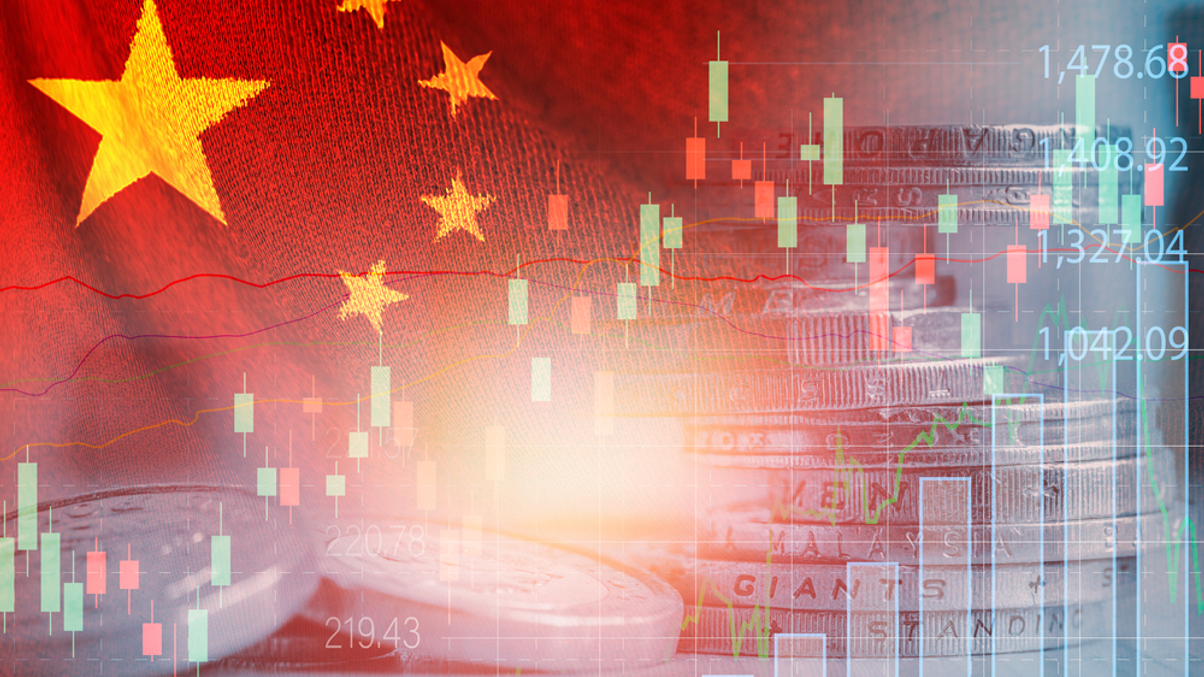GIC adopting bottom-up approach to China, says CEO
Singapore sovereign wealth fund GIC is doubling down on investing in certain sectors in China although it is becoming harder to have a top-down approach, Chief Executive Officer Lim Chow Kiat said at an event.

While China leads the world in sectors such as green technology, it is difficult to make a top-down allocation at the moment, so GIC has adopted a bottom-up approach to investing in the country, the Singaporean sovereign wealth fund’s CEO Lim Chow Kiat said at the 10th Milken Asia Summit in Singapore.
Sign in to read on!
Registered users get 2 free articles in 30 days.
Subscribers have full unlimited access to AsianInvestor
Not signed up? New users get 2 free articles per month, plus a 7-day unlimited free trial.
¬ Haymarket Media Limited. All rights reserved.


